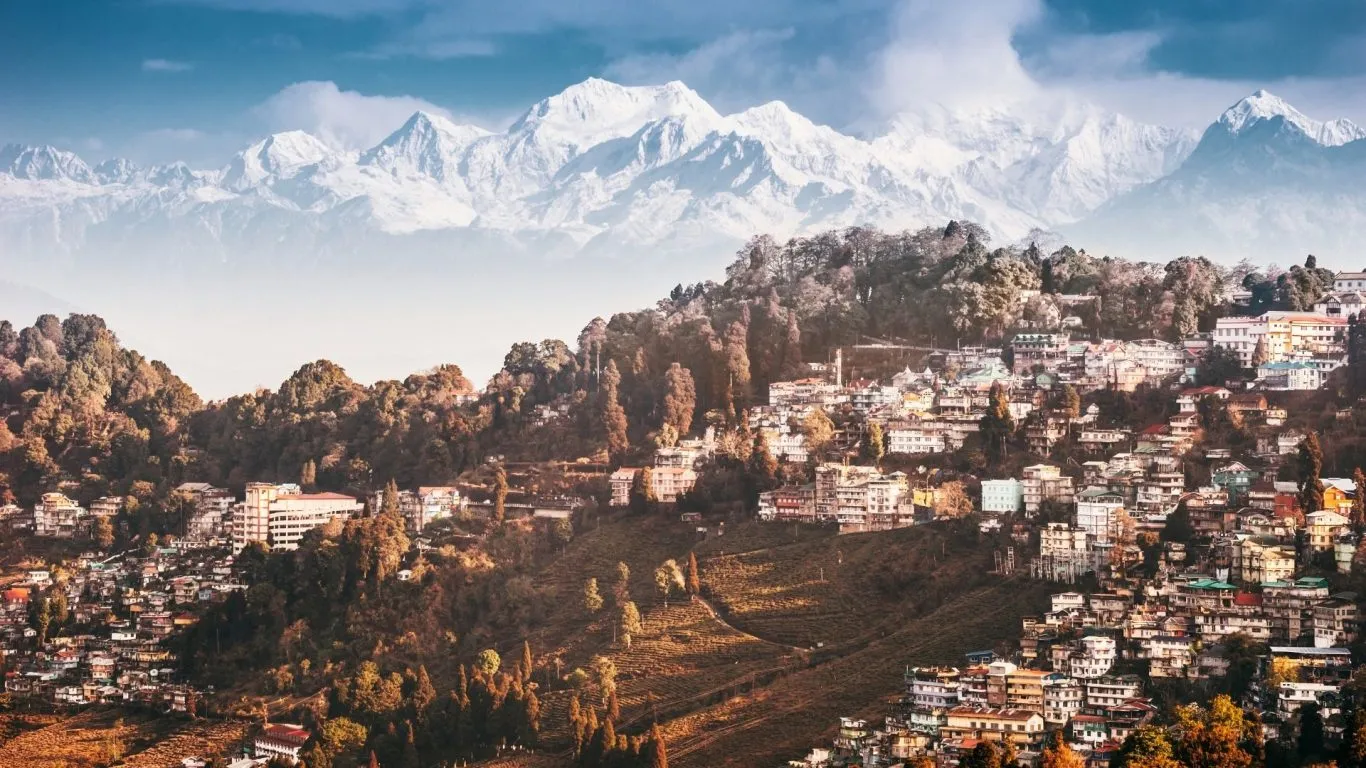AN ELGIN EXCLUSIVE FEATURE
A magnificent treasure that has enthralled mankind since the dawn of time – The Himalayas. Its rising snow-clad cliffs, affluent biodiversity, and panoramic elegance have enamored ye all. But, in the midst of it all, we seem to have overlooked it’s another incredible element – its people.
The Himalayas ascend beyond Northern India’s Indo-Gangetic plain, stretching via Jammu and Kashmir, Himachal Pradesh, and Uttarakhand to Northeast India, Nepal, Tibet, and Bhutan. This splendid beauty’s home for over 50 million people, with another 450 million at the base of the alps. And this entire populace thrives on the resources that ripple from the Himalayas.

Image and caption by Alzajeera
A family in Dhahanu, famously called as last Aryan village, wear traditional dresses made of sheeps wool.
As the coterie evolved into disparate ethnicities: Aryans, Mongoloids, and Negroids, the truth about its native inhabitants is yet, indeed a subject of contention. There is a belief, the first settlement in the Himalayas began in 1500 BC when a warrior clan called Khasa transitioned to its western range. In the early millennia, this had been accompanied by the migration of Tibeto-Burman people from Southeast Asia to the eastern and central Himalayas. They were called- The Kiratas. Considering the Hindu epics and Puranas, this might be surmised that the Kinnars, Kiratas, Kulinds, and Kilinds were the initial residents of the Himalayan region, with the Darads and Khasas emerging later.
Whatever the situation may be, the thing that remains certain: migrations inside and into the Himalayas have been underway since the earliest of time, with myriad reasons for exodus. Some ventured in pursuit of spirituality, while others tried to throw their endurance and perseverance to the test. It was the desire for wealth for some, and political pressure by their nations for others. All of these and other causes coalesced over time to establish an ethnographically heterogeneous culture in the Himalayas.

Image by Adventure Nation
A mongoloid Family in northern slopes of the Himalayas.
If we’re to classify the Himalayan people by ethnicity, those dwelling in the higher elevations on the southern side and those on the northern slopes belong to the Mongloid ethnicity, that had remained notation to their scant contact with outsiders. The middle and lower ranges of the southern slopes, on either hand, are home to a blend of ethnic tribes with Aryan, Negroid, and Mongoloid traits. The basis for this can be traced to the region’s recurrent migrations, invasions, and conquests.
Conversely, cleave them by faith, Hindus are the preponderance in the Middle Himalayan and Sub-Himalayan valleys. The same with the regions extending from eastern Kashmir to Nepal. Those who follow Islam are primarily located in Kashmir’s western provinces, and their culture is akin to that of Afghans and Iranians.

Image by The Economic Times
Ladakh is predominantly Buddhist, and they follow a Tibetan form of Buddhism, recognizing the Dalai Lama as their spiritual leader.
Sliding towards the Greater Himalayan region in the north, you would experience a dominance with Tibetan Buddhists, spans from Ladakh to north-eastern India. The culture and faith embraced in India’s eastern Himalayan region and outlying neighborhoods of eastern Bhutan are analogous toward those prevalent in China’s Yunnan Province and Northern Myanmar. Both Tibetan and Hindu cultures thrive in Nepal, culminating in a hybrid cultural identity for this Himalayan province.

Image by Lonely Planet
The Lepchas: the original inhabitants of Sikkim, formerly an independent kingdom situated in the Himalayas between Nepal and Bhutan.
The Nepalis, Lepchas, and Bhutiyas- the major ethnic communities in Sikkimese culture as per dwelling. The Lepchas, said to be the indigenous inhabitants of this region, yet now are a minority. The origin of the Sikkimese people becomes less recognized until the enthronement of their first legendary ruler, Phuntsok Namgyal, and their transition to Buddhism.
The natives of Nepal do have a unique combination of racial characteristics. The prevailing factions of Hindus; Chetri, Brahmin and Thakur, among others, converse Nepali. The Mongoloid Tamangs, Limbus, Magars, and Gurungs inhabit the central hills and comprise groups of nomadic hill peasants. Sherpas from the northeastern Solo Khumbu region are among the many clans of Bhutiyas that speak Tibetan dialects.
In the Himalayas, it’s astounding how each distinct community and cove has its unique socio-cultural methods to confront the diverse impediments of life. And it’s at this juncture they’re cut off from the rest of the world. Even so, the rather prevalent geographical factors intended how these indigenous cultures are parallel to each other. One might happen to agree, but the truth stands, physical isolation of the Himalayan people has had one positive outcome- the retention of centuries-old wisdom.
“While it may look like any other mountain to you, it is sacred to us. We revere and respect it”, explained Daya Prasad Gurung, a 69-year-old inhabitant of Nepal. Indeed, the townsfolk worship the mountain as life-giver and guardian. Mother sustains all of the Himalayan communities, ethnically and religiously diverse. The folks in the Himalayas resonate with harmony- something to appreciate whilst exploring the divine Himalayan destinations. Their amiability demonstrates the people being cognizant of the environment, and the difficult living circumstances doesn’t influence on their spirits.

Image by Village square
As the patriarchy prevails, the Himalayas experience the same as the women are liable for all the sedimentary activities.
The Himalayan inhabitants have been a disciple to the majestic mountains since ages explaining their grip from traditional knowledge to medicine, architecture and agro- forestry- there’s always something to discover!
As the patriarchy prevails, the Himalayas experience the same as the women are liable for all the sedimentary activities; gathering fodder, fuelwood, farming and cooking whilst men are responsible for trading or managing the animal herds.
The daily life in this region’s a whole new world on its own as at every step you uncover a new way of life with diverse beliefs. The experience of being across this scarce populous destination would bemuse you enough to admire this tiny world nestled around the majestic snow- capped mountains.





